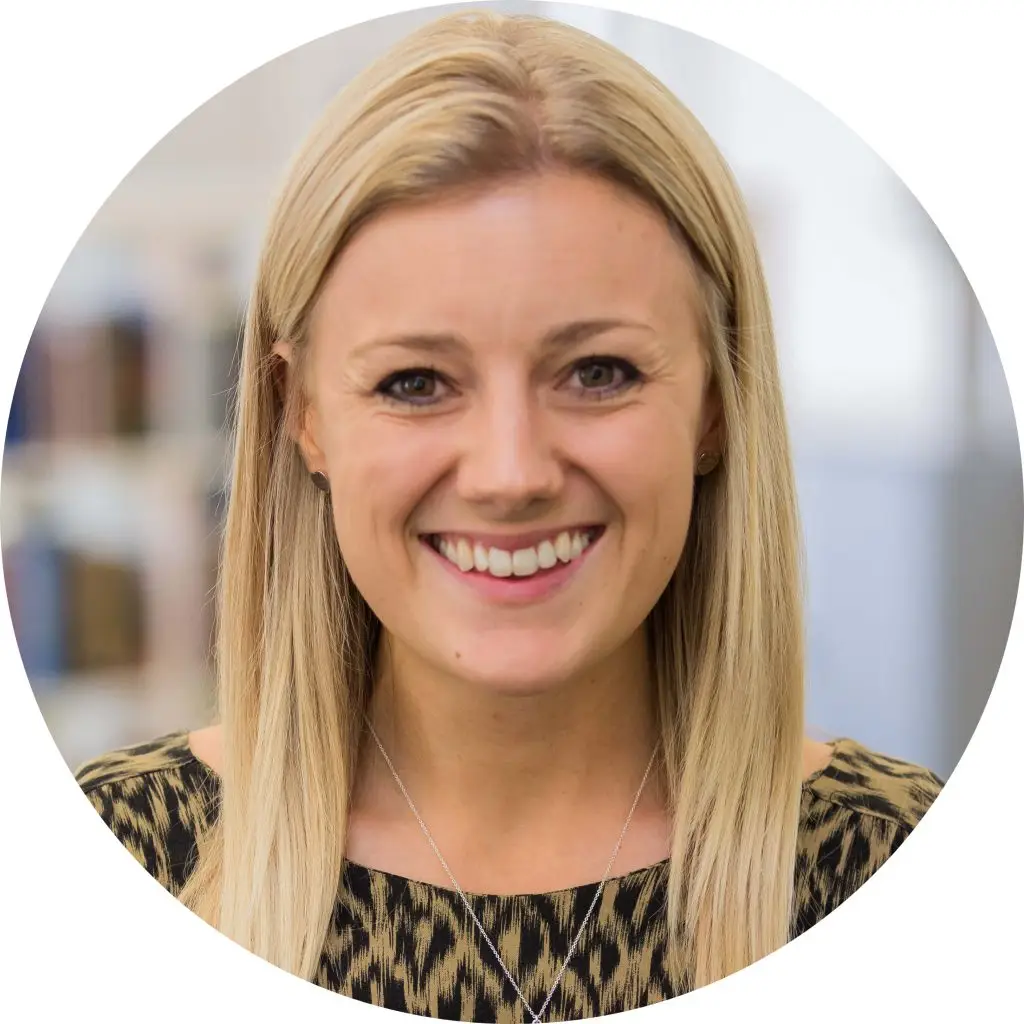Australian Curriculum, Assessment and Reporting Authority (ACARA) has developed the Australian Curriculum for English, Mathematics, Science and History. In NSW the Board of Studies, Teaching and Educational Standards (BOSTES) has developed syllabuses that include the Australian curriculum content as well as additional explanation and information to clarify teaching and learning. The new Australian curriculum arose from the Melbourne Declaration on Educational Goals for Young Australians in 2008. The goals for this declaration are that Australian schooling promotes equity and excellence and all young Australians become successful learners, confident and creative individual and active and informed citizens. I recently competed an online training course for the NSW K-6 Science and Technology Syllabus. This post is a reflection on this training.
Rationale
The rationale for the Science and Technology syllabus for the Australian curriculum focuses on the relevance of science and technology in a rapidly changing world. It states that students should have a sense of wonder and curiosity about the world, aided by thoughtful questioning and pursuit of answers. Students should seek solutions using scientific inquiry for local, national and global sustainability issues. The application of scientific understanding should allow students to apply scientific evidence and make informed decisions and conclusions. The rationale also explains how technology and the understanding of technological design is a vital skill for students to solve real world problems. The disciplines of science and technology are inextricably linked through problem solving, inquiry and design. The rationale concludes that innovative thought for students is best motivated by active participation in challenging and engaging learning experiences.
Outcomes
The outcome codes identify the subject, stage and objective. For example ST3-7PW is Science and Technology, Stage 3, Outcome 7, Physical World. The NSW syllabus also includes the Australian content descriptors identified by the Australian Curriculum code. For example ACSSU233 is Australian Curriculum, Science, Science Understanding, Element Code 233. For teachers in NSW, programs should refer to the NSW Board of Studies outcomes.
Cross Curriculum Icons
Learning across the curriculum is divided into three key areas; cross-curriculum priorities, general capabilities and other learning across the curriculum specific to NSW. Learning across the curriculum aims to make the curriculum relevant to the lives of students and the contemporary issues that they face. For a detailed list of learning across the curriculum go to my post New Mathematics Australian Curriculum.
Content
The content for the NSW Science and Technology syllabus for the Australian Curriculum is organised by the skills strands Working Scientifically and Working Technologically and then by the knowledge and understanding strands of Natural Environment and Made Environment. Within the Knowledge and Understanding sub strands the content addresses the nature, development, use and influence of science and technology. The Knowledge and Understanding sub strands are listed below:
Natural Environment
Made Environment
Assessment
In the NSW Science and Technology syllabus, assessment is described as being for, as and of learning. For a detailed explanation of assessment across the curriculum go to my post New Mathematics Australian Curriculum.
Reflections
When looking at the content of the NSW Science and Technology syllabus for the Australian Curriculum, I feel that the content is far more prescriptive than the previous syllabus. This necessitates a clearly communicated school wide Scope and Sequence to avoid repetition of content. The narrowed and specific focus should be viewed as a great strength of the syllabus, as is more manageable for the teacher to cover content amidst an overcrowded curriculum. Below are two examples demonstrating the specific continuum of content in the syllabus:
Earth and Space
Physical World
Another observation is that the NSW Science and Technology syllabus for the Australian Curriculum has a far more relevant and intentional approach to the use of technology for inquiry and design. There is now a focus digital technology and multimedia as communication tools which are embedded in real world contexts.
Question for you: How do you encourage your students to think scientifically or engage technologically in your classroom?
